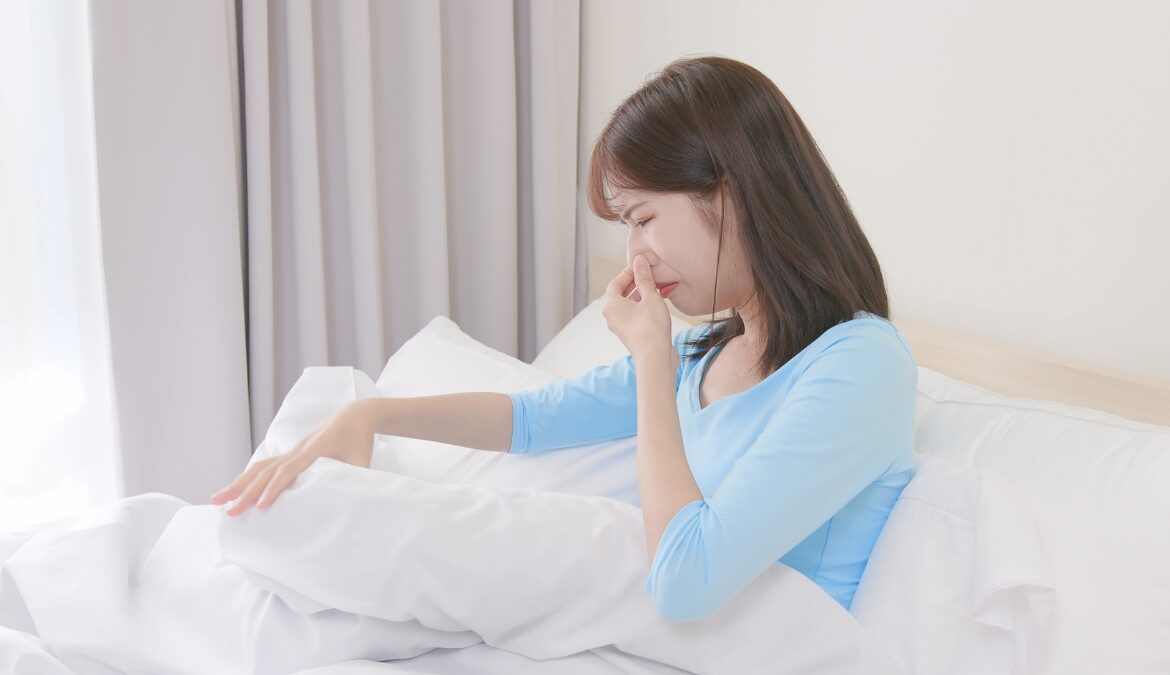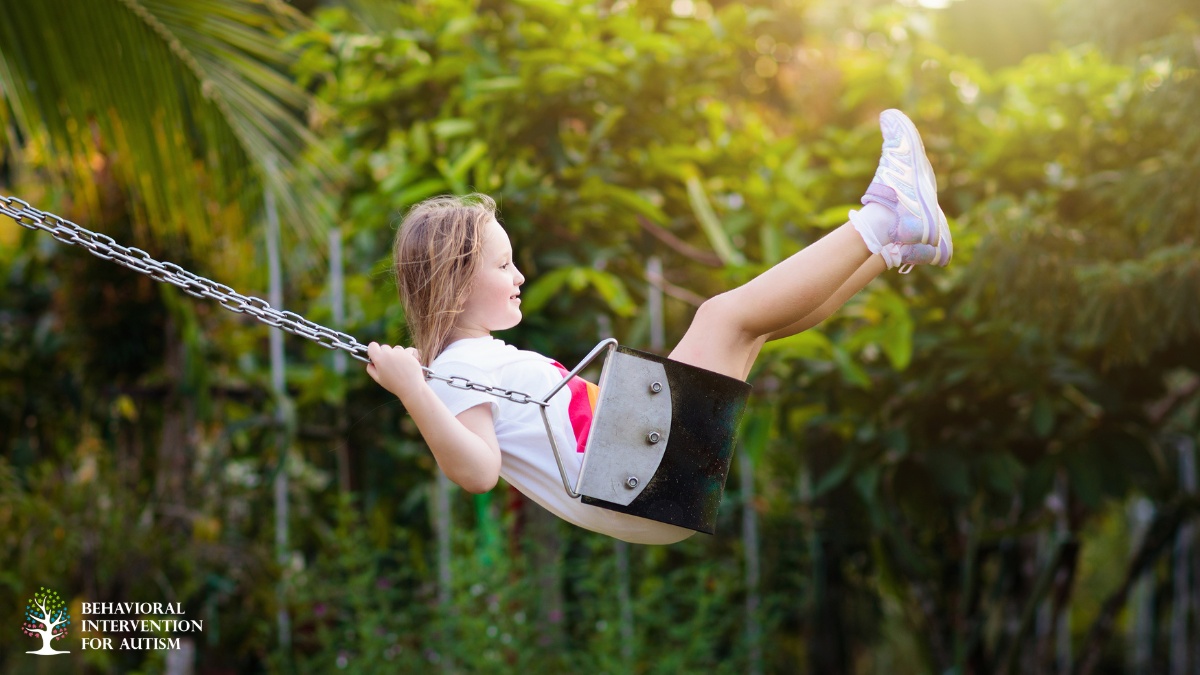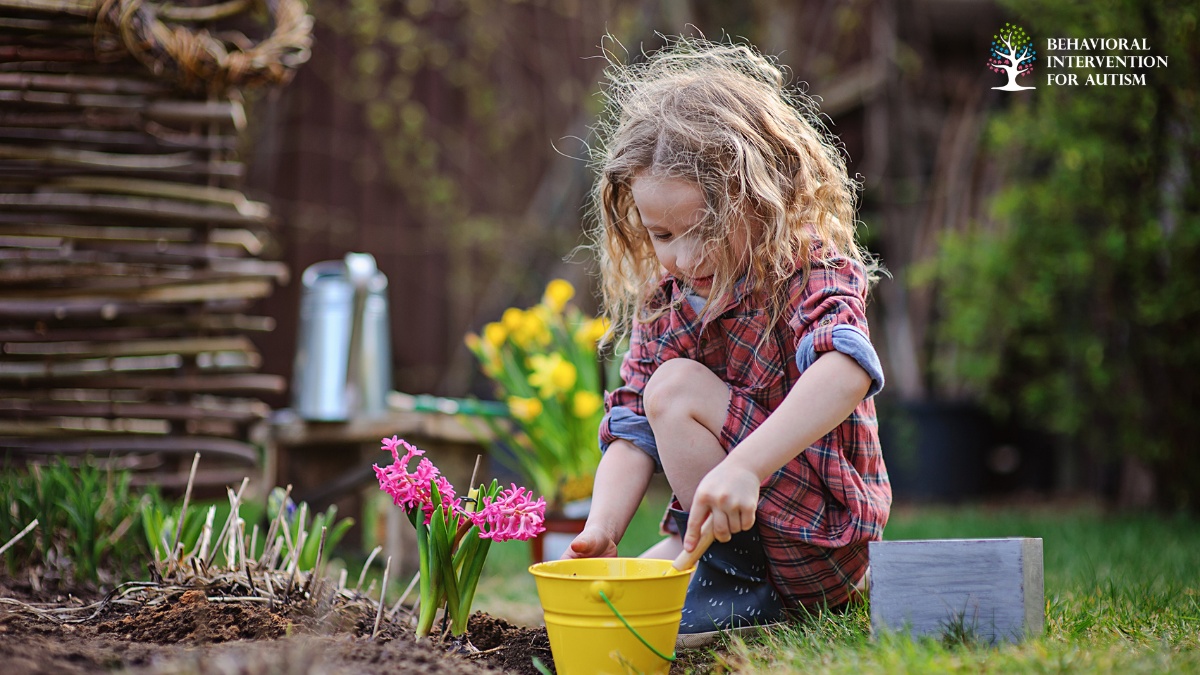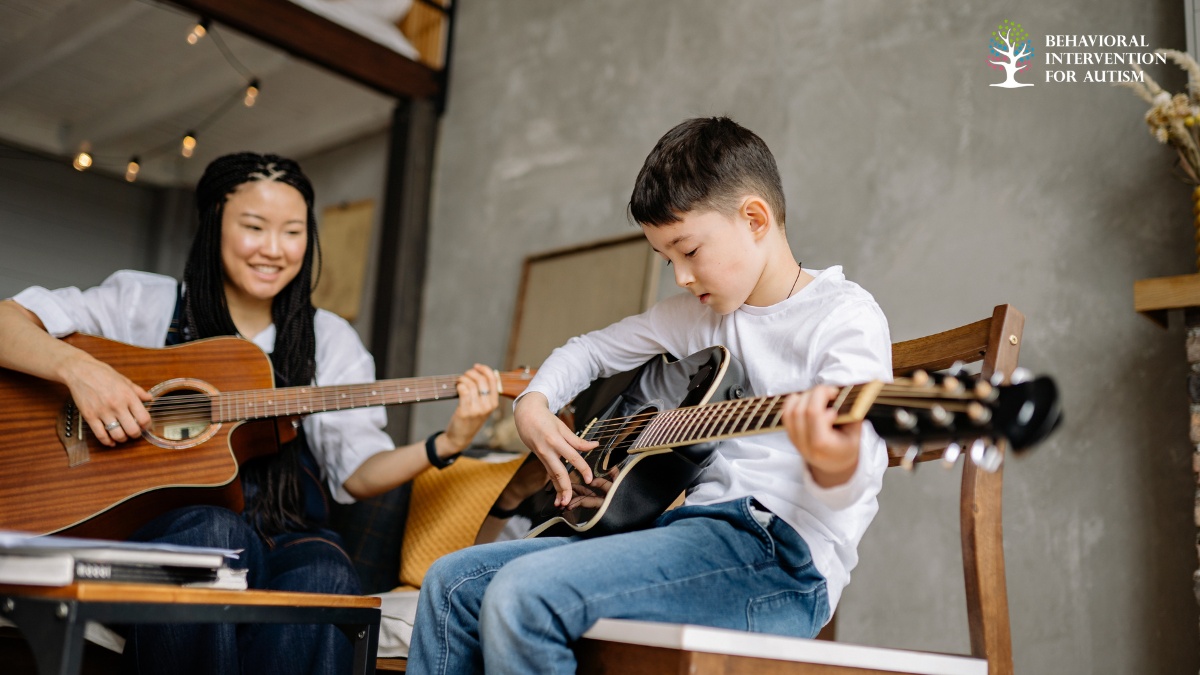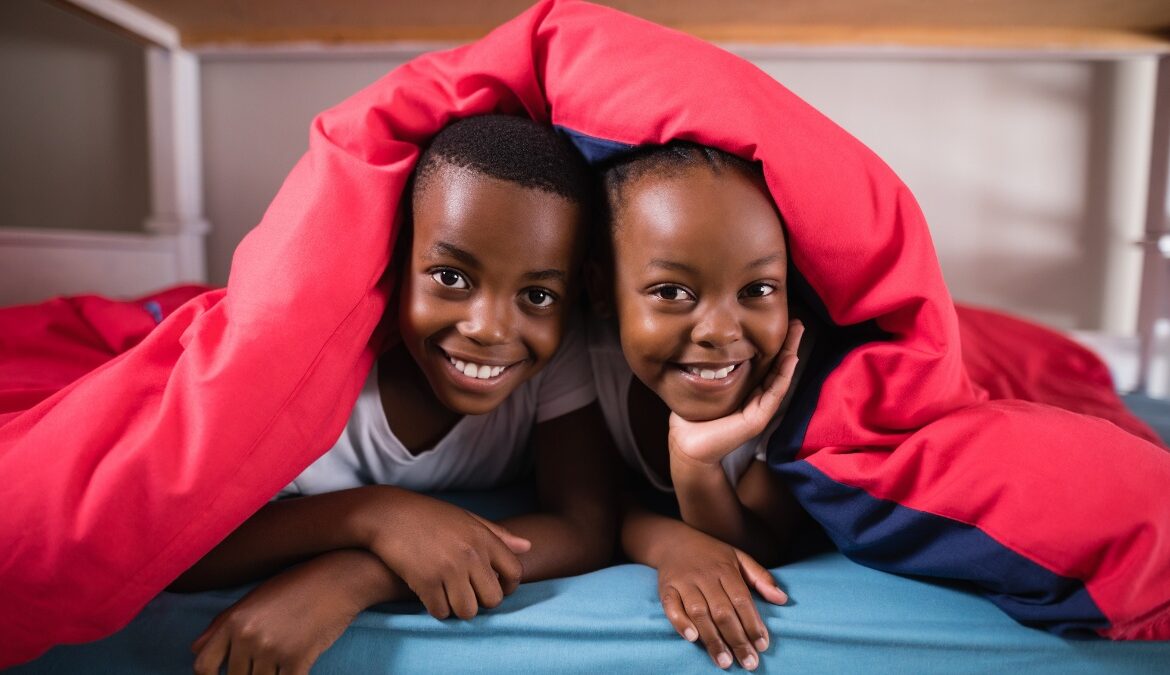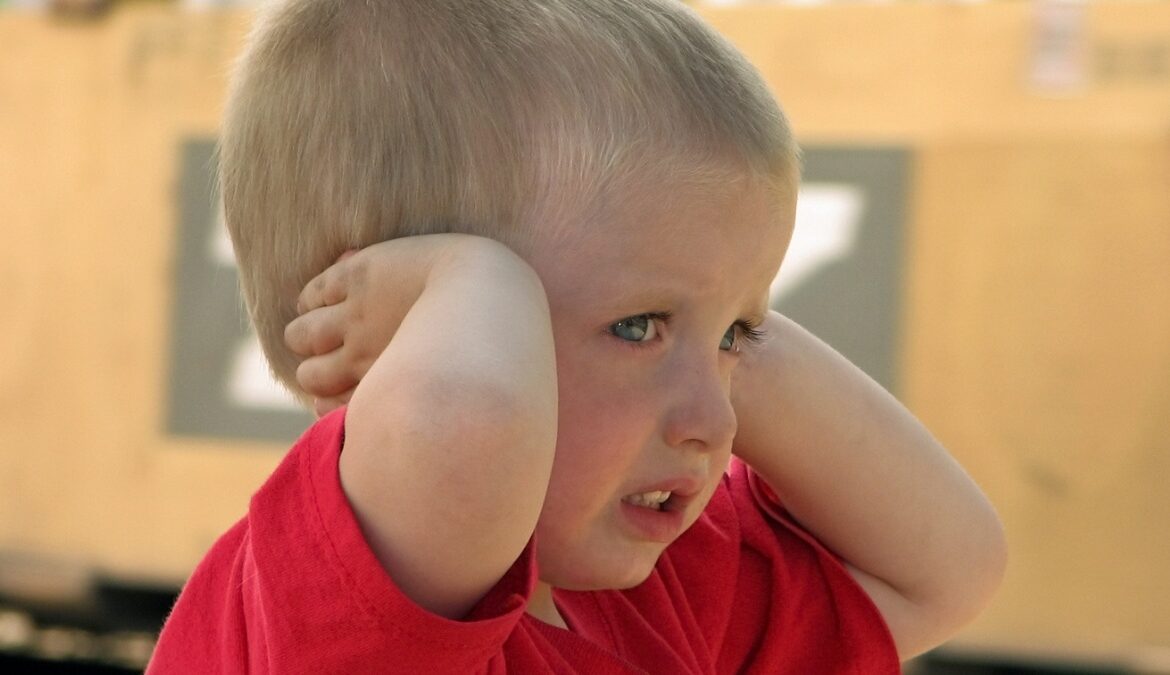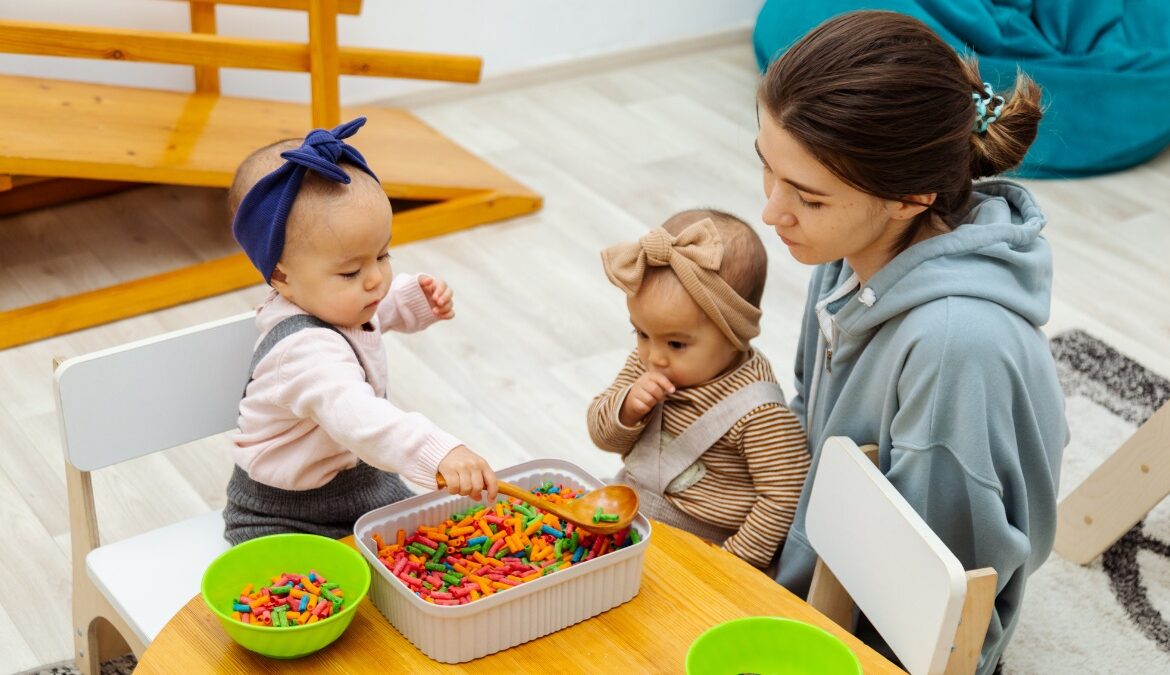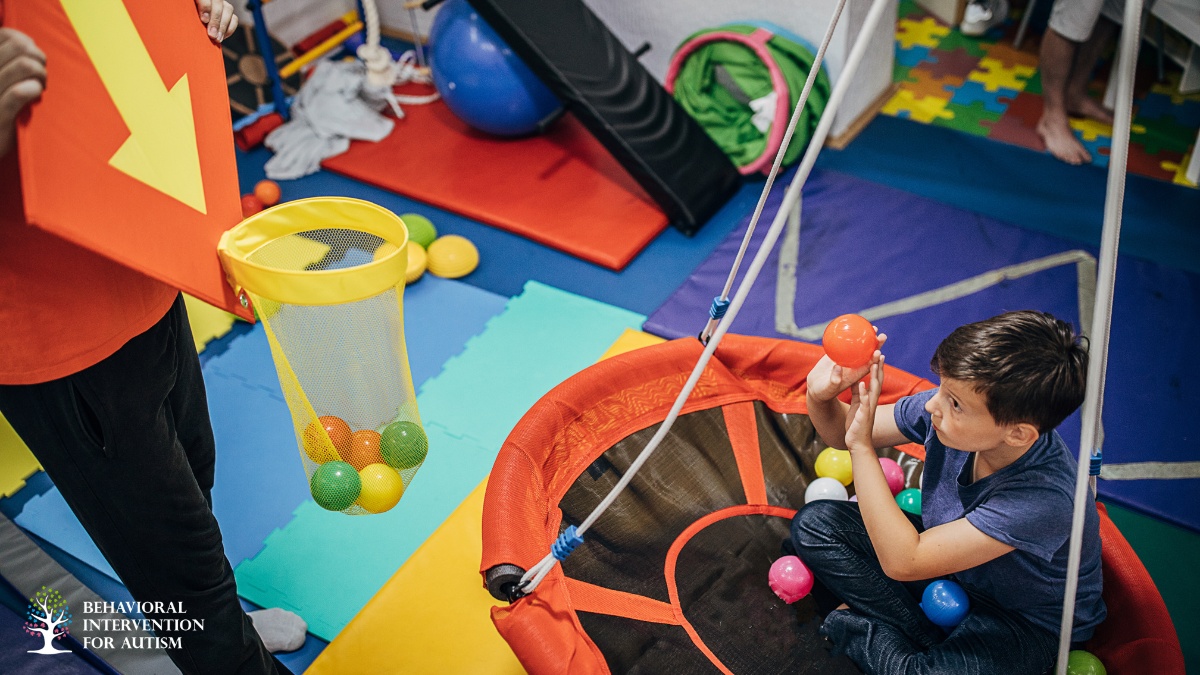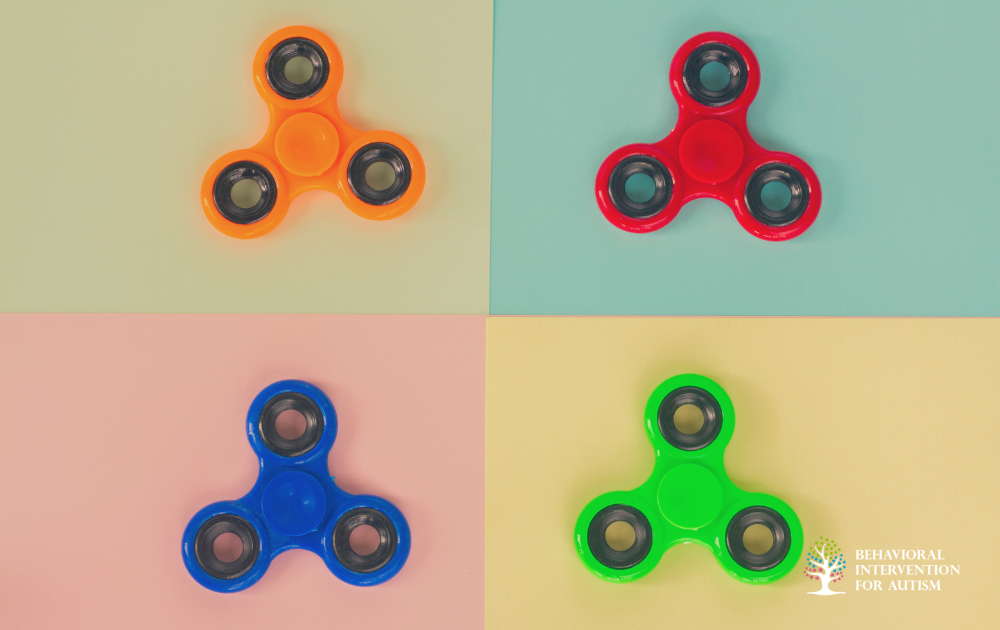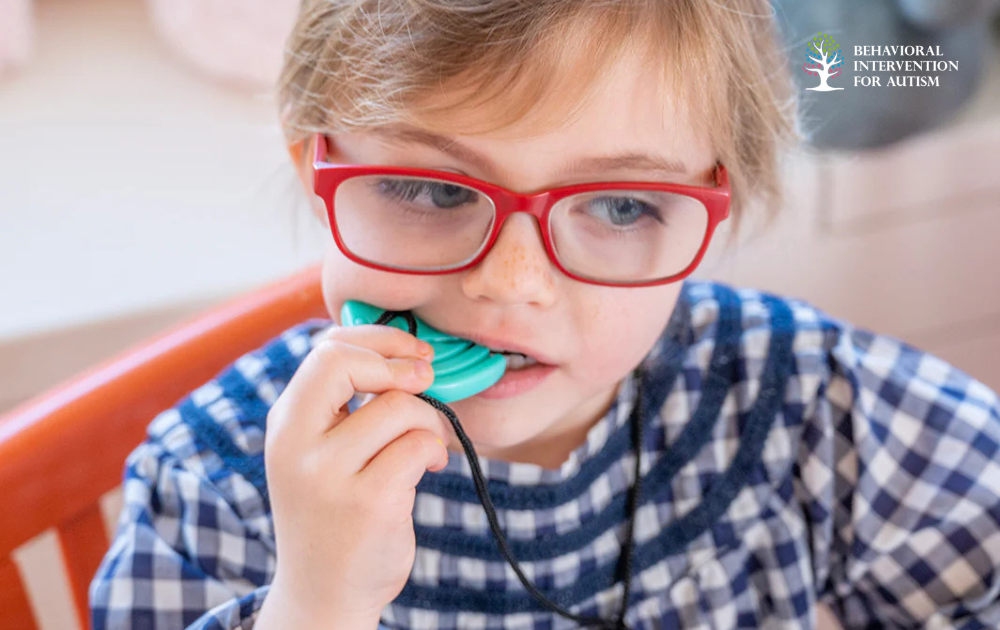Smell sensitivity is a sensory issue commonly observed in individuals with autism spectrum disorder (ASD). It can manifest in different ways, from heightened sensitivity to odors to an aversion to certain smells. This sensory processing difficulty can significantly impact daily life, from social interactions to the ability to tolerate certain environments. For individuals with autism, smell sensitivity may present challenges that are often overlooked but are very real in terms of discomfort and distress. Sensory needs play a critical role in understanding these challenges and ensuring the appropriate support is in place.
Understanding this sensory phenomenon is crucial for providing support and accommodations for individuals with ASD. Whether it’s avoiding a particular food smell or feeling overwhelmed by an unfamiliar fragrance, the response to smells can be intense and lead to sensory overload. Recognizing these sensitivities and responding accordingly can make a huge difference in managing these challenges.
The Science Behind Sensory Sensitivities
Sensory sensitivities, including smell sensitivity, are commonly linked to how the brain processes sensory information. In individuals with autism, the brain’s ability to filter and prioritize sensory inputs may not function as it does in neurotypical individuals. This means that sensory stimuli like sounds, textures, and smells can become more pronounced or overwhelming.
For people with autism, the olfactory system (which is responsible for the sense of smell) might be more active or more sensitive than in others. This heightened sensitivity can cause everyday smells to feel overwhelming, leading to negative reactions like discomfort, anxiety, or even physical pain.
Because smell sensitivity can vary greatly from person to person, some individuals may have an overreaction to smells that others would consider neutral or unnoticeable. Recognizing these behaviors as part of autism spectrum disorder can help caregivers, educators, and medical professionals offer the right support and care.
Common Triggers of Smell Sensitivity in Autism
Various smells can trigger a sensory overload in individuals with autism. These triggers can include both natural and synthetic scents, some of which may seem harmless to neurotypical individuals. For people on the spectrum, these smells might become intolerable, causing distress and behavioral responses.

The intensity of the response to these smells can vary depending on the individual. While some may only show mild irritation, others may become visibly distressed, covering their noses or avoiding certain areas altogether. Understanding the specific smells that trigger discomfort can help caregivers create a more comfortable environment.
The Impact of Smell Sensitivity on Daily Life
Smell sensitivity can significantly impact the daily lives of individuals with autism, affecting everything from eating habits to social interactions. For example, individuals may struggle to participate in family meals or public dining experiences due to the strong smells of food. This can lead to social isolation and a lack of participation in communal activities.
In some cases, smell sensitivity can lead to anxiety and avoidance behaviors. An individual might refuse to enter certain places, such as public restrooms or crowded restaurants, because they know that overwhelming smells will be present. This can hinder their ability to enjoy everyday activities and limit social opportunities.
Furthermore, smell sensitivity may also affect routines. Personal care routines like brushing teeth or bathing may become challenging if certain smells from soaps, toothpaste, or body washes cause discomfort. This sensory issue can make it harder for individuals with autism to follow a daily hygiene routine, potentially leading to hygiene-related difficulties.
5 Strategies for Managing Smell Sensitivity
Managing smell sensitivity in individuals with autism requires a combination of strategies to reduce sensory overload and provide comfort. There are practical steps that caregivers, educators, and healthcare professionals can take to help individuals navigate their sensory experiences.
Some of these strategies include:
- Using scent-free or low-scent products: Choose unscented soaps, shampoos, and detergents to avoid overwhelming individuals with strong smells.
- Providing a quiet, controlled environment: Ensure that environments are as odor-free as possible by limiting the use of perfumes, strong cleaning agents, and other strong-smelling substances.
- Creating a sensory-friendly space: Designate a space where individuals can retreat to when they feel overwhelmed by smells, providing a calming environment.
- Using noise-canceling headphones or earplugs: These can help individuals block out other sensory stimuli, such as loud noises, that might be contributing to sensory overload.
- Gradual exposure: In some cases, gradually exposing individuals to different smells in a controlled manner may help them become less sensitive over time.
Role of Occupational Therapy in Sensory Processing
Occupational therapy (OT) plays a significant role in helping individuals with autism manage sensory sensitivities, including smell. Through occupational therapy, individuals can develop coping strategies and sensory integration techniques to process and respond to sensory inputs in a way that doesn’t cause distress.
OT can help individuals with autism gradually adapt to different smells by using a variety of sensory exercises. These exercises may include controlled exposure to smells, guided relaxation techniques, and mindfulness strategies to help manage the overwhelming impact of sensory stimuli.
Additionally, occupational therapists can work with individuals to design personalized strategies for managing daily routines, providing tools for sensory regulation. This might include the use of sensory tools, such as fidget toys or weighted blankets, to help the individual stay calm in overwhelming environments.
Through a tailored approach, occupational therapy can help individuals with autism gain greater control over their sensory experiences, including their sensitivity to smells.
Social Implications of Smell Sensitivity
Social interactions can be particularly challenging for individuals with autism who have smell sensitivity. When an individual reacts negatively to a smell, it may be misunderstood by others, leading to confusion or frustration. In social situations, individuals with autism may become isolated or withdrawn if they feel overwhelmed by their sensory experiences.
For example, at a family gathering or social event, a person with autism might avoid certain foods or locations because of the smells. This could lead to misunderstandings with peers, family members, or coworkers, and in some cases, the individual may be labeled as “picky” or “difficult.”
It’s important for caregivers and educators to educate others about sensory sensitivities, helping them understand why certain smells might be intolerable for individuals with autism. By fostering an environment of empathy and understanding, we can reduce the social stigma and promote acceptance.
Smell sensitivity is an important yet often overlooked aspect of autism spectrum disorder. Recognizing the challenges that individuals with autism face due to heightened sensitivity to smells can help us create more supportive and accommodating environments. By understanding the impact of smell sensitivities on daily life and implementing effective strategies, caregivers and professionals can help individuals with autism manage these challenges more effectively.
Experience the Difference with ABA Therapy in Florida
If you or a loved one is struggling with smell sensitivity related to autism, seeking specialized support is crucial. Our ABA programs in Florida are tailored to meet the unique needs of individuals, addressing sensory sensitivities and more. We take pride in offering personalized, evidence-based strategies that make a tangible difference. Let us help you unlock the potential for progress and comfort. Our dedicated team at Behavioral Intervention For Autism is committed to providing top-tier ABA therapy services designed to help your loved one thrive. Reach out today to learn how we can support you on this journey.
Sources:

